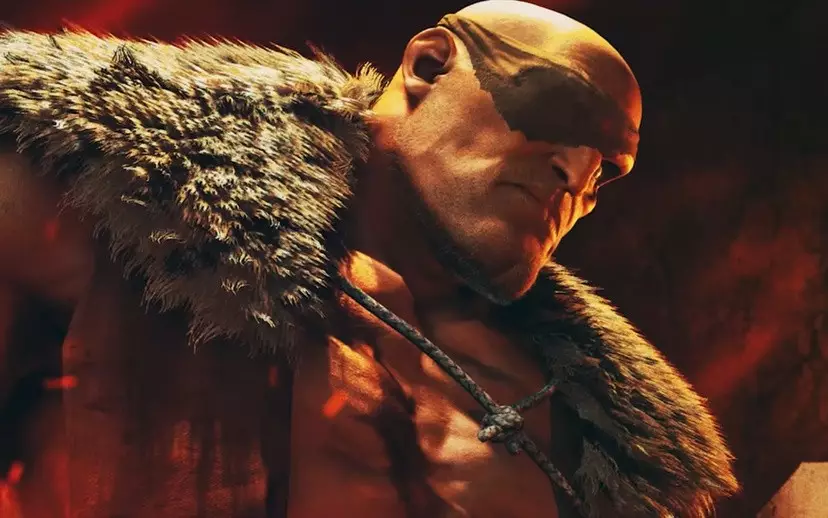Capcom’s decision to reintroduce Sagat into Street Fighter 6 underscores a strategic move that elevates the game’s legacy while embracing the nostalgic appeal of classic characters. Sagat, the Muay Thai legend, isn’t merely a throwback; his inclusion signals Capcom’s acknowledgment of the deep-rooted connection fans have with their history. By positioning him within a fresh, modern fighting game, Capcom demonstrates a masterstroke—fusing the old with the new, creating a bridge that appeals to both veteran players and newcomers alike. This approach fosters a sense of continuity in an ever-evolving competitive landscape. It’s a reminder that fond memories can be revitalized with innovative gameplay and compelling narrative integrations, making the return of Sagat a powerful statement on respecting history while pushing boundaries.
The Power of Content Depth and Community Engagement
The rollout of the “Sagat Arrives” Fighting Pass is a testament to Capcom’s strategic emphasis on maintaining high engagement levels through rich, diverse content. Beyond the character itself, there’s a thoughtfully curated suite of rewards—ranging from exclusive colors, titles, and music to avatar gear, challenger illustrations, and bonus classic games like Tiger Road. This layered approach not only incentivizes players to invest in the pass but also reinforces a sense of ongoing celebration around the release. Capcom is intelligently capitalizing on community enthusiasm by offering free rewards alongside premium content, ensuring a balanced ecosystem that respects both casual and competitive players. This move embodies a broader industry trend where game developers deepen player investment through continuous, curated drops that sustain the game’s vitality long after launch.
Strategic Timing and the Broader Cultural Impact
The chosen release date of August 5th for Sagat demonstrates thoughtful timing—positioned just before the peak of year-end gaming cycles. Moreover, the integration of modern collaborations, such as the Street Fighter 6 x Aespa crossover, reflects Capcom’s keen awareness of contemporary pop culture trends. By synergizing fighting game lore with current musical and entertainment phenomena, Capcom not only broadens its reach but also amplifies the cultural relevance of their titles. The decision to launch a limited-time fighting pass one day prior to Sagat’s arrival illustrates a savvy marketing tactic—building anticipation and maximizing player engagement. Such strategic moves reinforce the idea that successful game publishing today hinges not just on gameplay but on how well a franchise remains embedded within the wider cultural zeitgeist.
Looking Forward: The Future of Street Fighter’s Legacy
While Capcom has yet to reveal all details—such as gameplay or specifics on the ‘Outfit 4’ content—the direction is clear: Street Fighter 6 is evolving into a dynamic, ever-expanding universe that honors its storied past while innovating for the future. The added features like new modes and amiibo support on future console iterations hint at a commitment to enhancing user experience and accessibility. Capcom’s meticulous tweaking process and focus on delivering refined content demonstrate a genuine investment in quality. As the roster grows, so does the game’s cultural footprint, promising an engaging, layered experience for years to come. Through strategic releases like Sagat’s return and intertwined collaborations, Capcom is asserting itself not just as a pioneer in fighting games but as a master storyteller shaping gaming culture’s next chapter.

